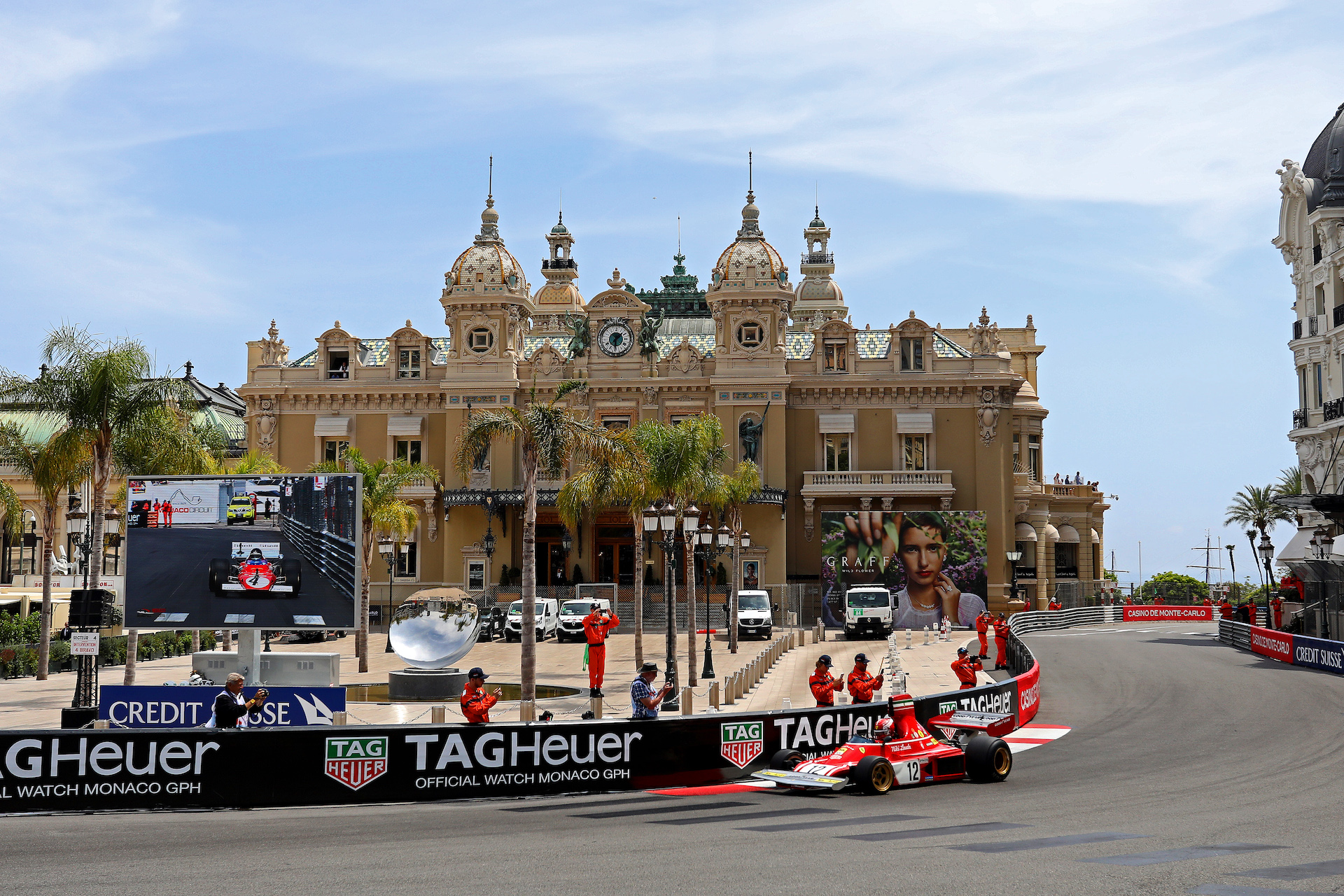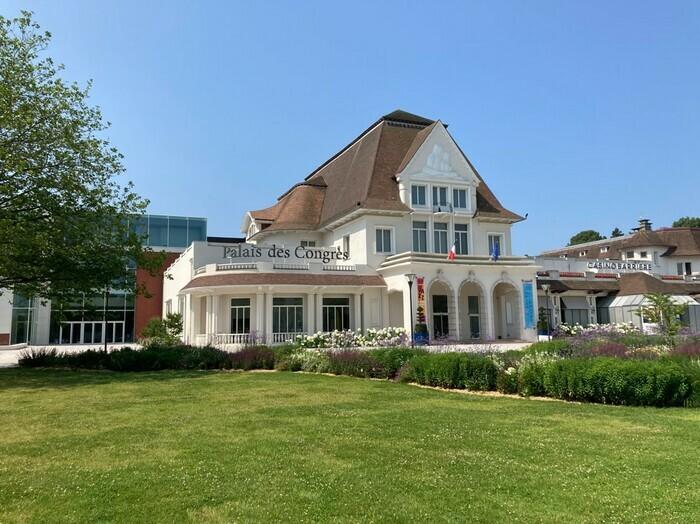Exploring The Hells Angels: Their Culture And Influence

Table of Contents
The History and Origins of the Hells Angels
The Hells Angels Motorcycle Club (HAMC) traces its origins back to 1948 in Fontana, California. Initially a loose collection of motorcycle enthusiasts, their early activities centered around riding, socializing, and a burgeoning counter-cultural identity. Over time, the club grew, expanding its chapters across the United States and internationally, solidifying its reputation – and notoriety.
- Founding in 1948: The club's initial members were primarily World War II veterans, drawn together by a shared love of motorcycles and a rebellious spirit.
- Early Membership and Activities: Early activities were largely centered around motorcycle rallies and social events, but criminal activities gradually became more prevalent.
- Key Chapters and Geographic Spread: From their Californian roots, the Hells Angels expanded across the US and into other countries, establishing chapters with varying levels of influence and activity.
- Evolution of their Image and Public Perception: The Hells Angels' image evolved from a group of motorcycle enthusiasts to a powerful and often feared organization. This shift is largely due to their involvement in criminal activities and their powerful media representation.
- Key Historical Figures: Several key figures have shaped the Hells Angels' trajectory, influencing their strategic decisions and public image. Their leadership structure, although shrouded in secrecy, is known to be hierarchical and disciplined.
Hells Angels Culture and Symbolism
Hells Angels culture is deeply rooted in motorcycle riding, brotherhood, and a distinct visual identity. Their iconic "Death Head" logo, a winged skull, instantly conveys their rebellious image and serves as a powerful symbol of defiance and unity.
- The Significance of the "Death Head" Logo: The skull represents mortality and danger, while the wings symbolize freedom and rebellion. It's a potent symbol both internally and externally.
- Motorcycle Culture and its Central Role: Motorcycles are not simply vehicles; they are integral to their identity, representing freedom, brotherhood, and a rejection of mainstream society.
- Brotherhood, Loyalty, and the Importance of Membership: The club emphasizes loyalty and brotherhood, creating a strong sense of community and belonging among its members.
- Rules, Codes of Conduct, and Internal Hierarchy: A rigid internal structure maintains order and discipline within the club, reflecting a military-like hierarchy.
- Use of Symbolism and its Meaning within the Group: Specific colors, patches, and tattoos hold significant meaning within the Hells Angels, conveying rank, status, and achievements.
The Hells Angels and the Law: Criminal Activities and Investigations
The Hells Angels have a long and well-documented history of involvement in criminal activities. These range from drug trafficking and weapons offenses to extortion, violence, and murder. Law enforcement agencies worldwide face significant challenges in investigating and prosecuting their crimes.
- High-Profile Cases and Legal Battles: Numerous high-profile cases have highlighted the club's involvement in organized crime, resulting in lengthy legal battles and convictions.
- Law Enforcement Strategies and Challenges in Dealing with HAMC: Investigating HAMC activities requires sophisticated strategies due to their secretive nature, strong internal loyalty, and widespread reach.
- The Ongoing Debate Surrounding their Criminal Activities vs. their Portrayal as a Motorcycle Club: The line between legitimate motorcycle club activities and criminal enterprise is often blurred, creating a constant source of debate and contention.
- International Ramifications and Cross-Border Investigations: The Hells Angels' global presence necessitates international cooperation and cross-border investigations to effectively combat their criminal activities.
The Hells Angels in Popular Culture and Media
The Hells Angels have been frequently depicted in books, films, television shows, and music, shaping – and often distorting – public perception. This media representation, while often sensationalized, has contributed to their enduring mystique.
- Notable Films and Documentaries: Films like Easy Rider and numerous documentaries have portrayed the Hells Angels, sometimes romanticizing their lifestyle, other times highlighting their criminal activities.
- Books that Have Chronicled Their History and Activities: Numerous books offer various perspectives on the Hells Angels, ranging from sympathetic portrayals to critical exposés.
- Songs that Reference or Celebrate the Hells Angels: The Hells Angels have inspired songs across different genres, often glorifying their rebellious image.
- The Impact of Media Portrayals on Public Perception and Understanding: Media representations have profoundly impacted public understanding of the Hells Angels, contributing to both fascination and fear.
The Ongoing Debate: Outlaw Motorcycle Gangs vs. Motorcycle Enthusiasts
A key challenge in understanding the Hells Angels lies in differentiating between their self-image and the public perception of them as an outlaw motorcycle gang (OMG). The debate centers on whether they are primarily a motorcycle club or a sophisticated criminal organization.
- Distinguishing Between Legitimate Motorcycle Clubs and Organized Crime: Many legitimate motorcycle clubs exist, emphasizing camaraderie and riding, and should not be conflated with OMGs like the Hells Angels.
- The Complexities of Understanding their Internal Dynamics and Motivations: Understanding the motivations and internal workings of the Hells Angels requires careful consideration of various factors, including their history, culture, and criminal activities.
- The Legal Definitions and Challenges in Prosecuting their Alleged Crimes: Prosecuting Hells Angels members presents significant legal challenges due to their secretive nature, the difficulty in gathering evidence, and the complexity of proving criminal intent.
Conclusion
Understanding the Hells Angels requires a nuanced approach, acknowledging their complex history, culture, and impact on society. Their iconic image, deeply rooted in motorcycle culture and rebellion, masks a long history of criminal activity and significant legal challenges. The debate surrounding their activities continues, underscoring the complexity of defining them – are they primarily a motorcycle club or a sophisticated criminal enterprise? Their influence, however, remains undeniable, shaping public perceptions and sparking ongoing fascination. Continue exploring this fascinating yet controversial subject by researching further into the history of outlaw motorcycle gangs. Learn more about the Hells Angels and their enduring legacy.

Featured Posts
-
 Watch The Monaco Grand Prix 2025 A Complete Guide To Timing And Streaming
May 26, 2025
Watch The Monaco Grand Prix 2025 A Complete Guide To Timing And Streaming
May 26, 2025 -
 Gauff Advances To Italian Open Final After Three Set Win Over Zheng
May 26, 2025
Gauff Advances To Italian Open Final After Three Set Win Over Zheng
May 26, 2025 -
 Analysis The Trump White House And The Nippon U S Steel Transaction
May 26, 2025
Analysis The Trump White House And The Nippon U S Steel Transaction
May 26, 2025 -
 Urgent F1 News Mercedes Probes Lewis Hamilton Situation
May 26, 2025
Urgent F1 News Mercedes Probes Lewis Hamilton Situation
May 26, 2025 -
 Rtbf Liege Que Deviennent Les Locaux Du Palais Des Congres
May 26, 2025
Rtbf Liege Que Deviennent Les Locaux Du Palais Des Congres
May 26, 2025
